What is hydromulching?
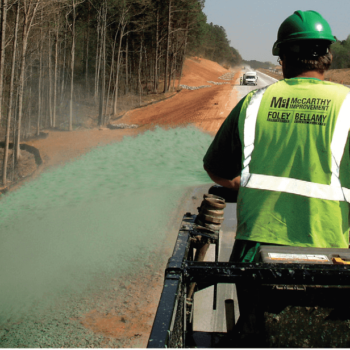
Hydromulching is an erosion and sediment control process that uses hydraulic equipment to spray a thick suspension of seeds, water, mulch, and soil amendments onto the land.
5 June 2019
Hydromulching is an erosion and sediment control process that uses hydraulic equipment to spray a thick suspension of seeds, water, mulch, and soil amendments onto the land.
The slurry is evenly applied over the ground using a hydromulching machine which is often transported by trailer/truck to the location.
Advantages
Hydromulching has a number of advantages over conventional seeding techniques and as a result has become increasingly popular worldwide. The mulch in the hydromulching mixture helps to maintain the moisture level of the seed and achieves rapid germination, accelerated growth, and increased seeding success compared to standard methods.
Any species mixture can be cultivated successfully using hydromulching; from wildflower and pasture seeding, to amenity, sports, and erosion control mixtures. The hydromulch can also contain other ingredients including fertiliser, tackifying agents, pH amendments, and other additives – depending on the seed species, ground conditions, gradients, and technical requirements.
Why choose hydromulching over conventional seeding?
- Faster germination.
- Greater moisture retention, feeding the seed in dry conditions.
- Superior seed to soil contact.
- Stabilises soil better than conventional seeding.
- Can be tailored to create unrivalled erosion control solutions, and erosion control blankets.
- Makes seeding on steep banks or inaccessible areas possible.
- Establishes more effectively than turf (sod).
- Requires minimal aftercare.
- 100% organic.
- More economically viable than conventional seeding.
Hydromulching for erosion control
There are specialist erosion control mulches called Flexible Growth Mediums (FGMs). Unlike traditional blankets, these specialist erosion control mulch products bond directly to the soil surface, providing a stronger hold and requiring less surface preparation.
When installed properly by a professional hydroseeding contractor, these products create an erosion control blanket, effectively “locking down” the soils, while the seed germinates in the mulch.
Specific products can remain in place for up to 24 months until the grass is strongly established, and only then will it break down organically. FGM products can be used on saturated areas, and can also be used for dormant seeding during winter or summer.
Types of mulches and their uses
Depending on the application, Profile Products offer a range of erosion control mulches. For steep slopes as an alternative to rock or concrete, GreenArmorTM System is an option, and consists of Futerra Turf Reinforcement Mat, in conjunction with Flexterra flexible growing medium. This method is becoming very popular for reinforcing river banks to provide flood protection.
On less steep slopes, Flexterra mulch can be used on its own for high-performance erosion control and stabilisation. An example of this use would be the seeding and stabilisation of sand dunes. Flexterra can be used for dormant seeding during the winter, protecting the seed until it germinates in the spring.
For technical specifications for particular projects, contact Cropcare.



 Print
Print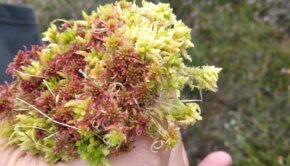


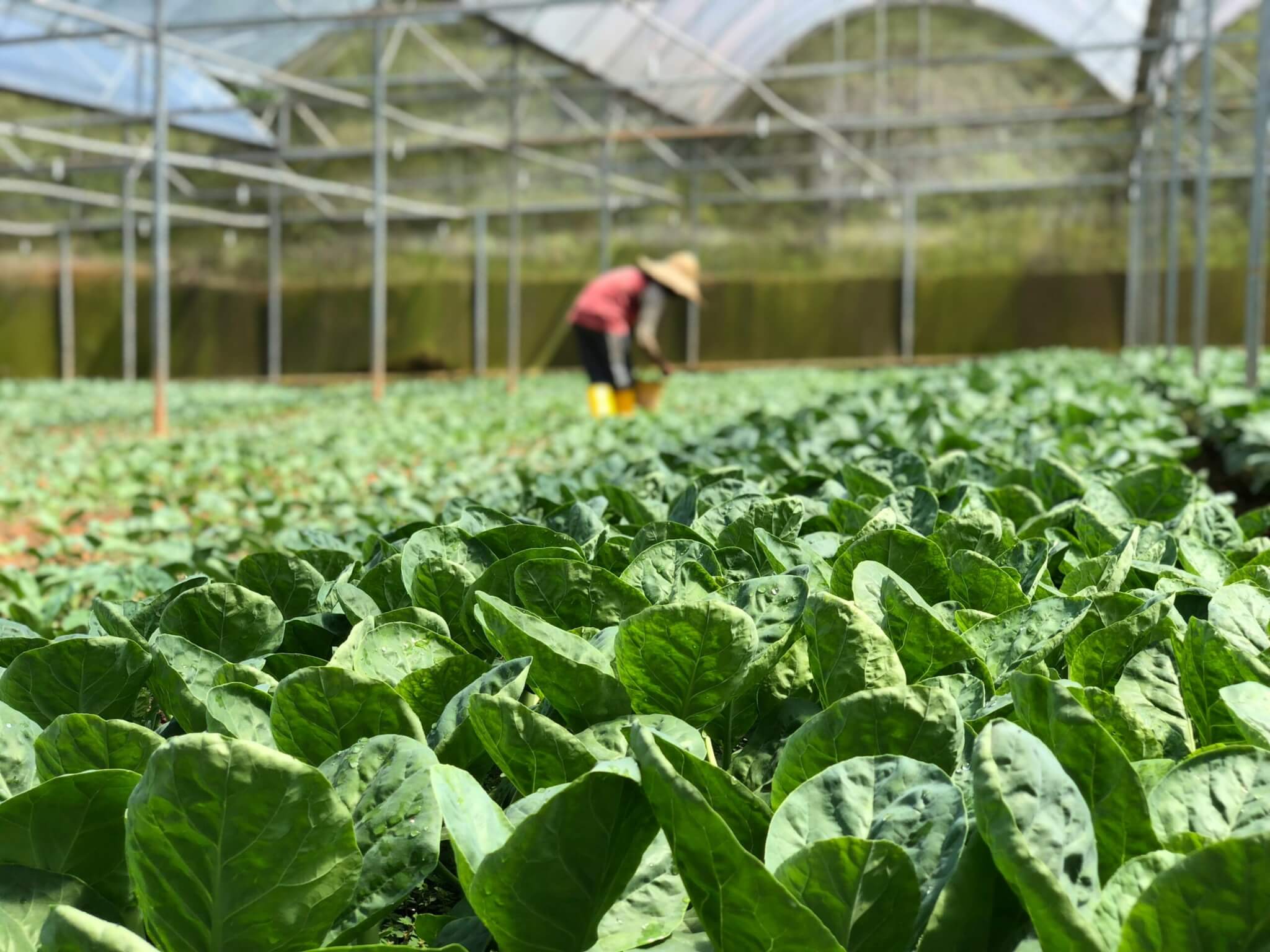


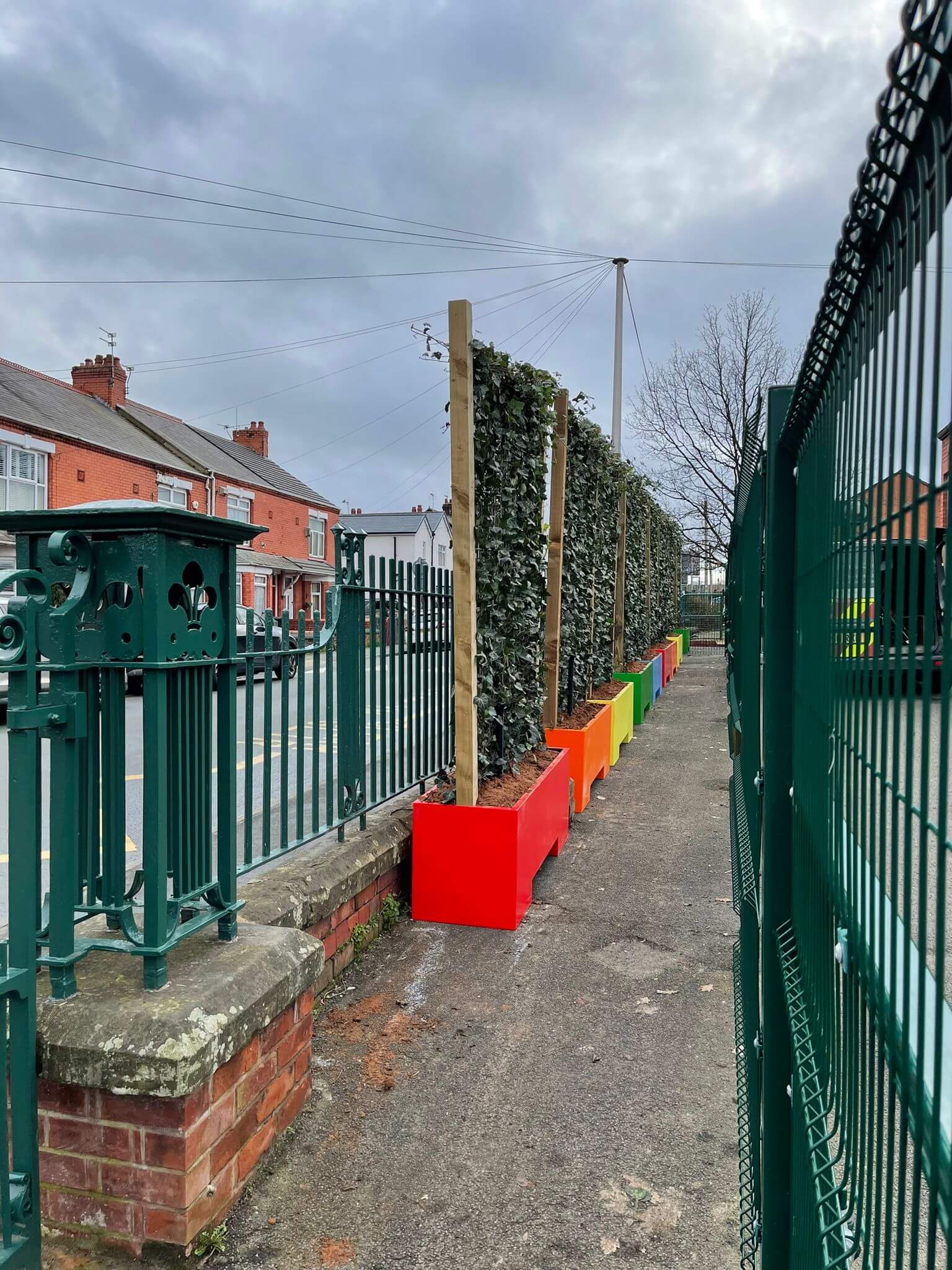
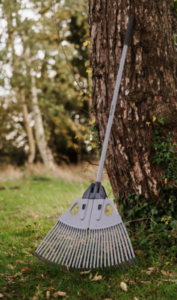
Fans 0
Followers